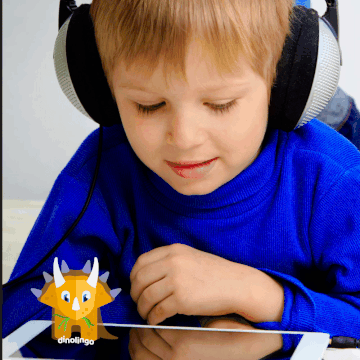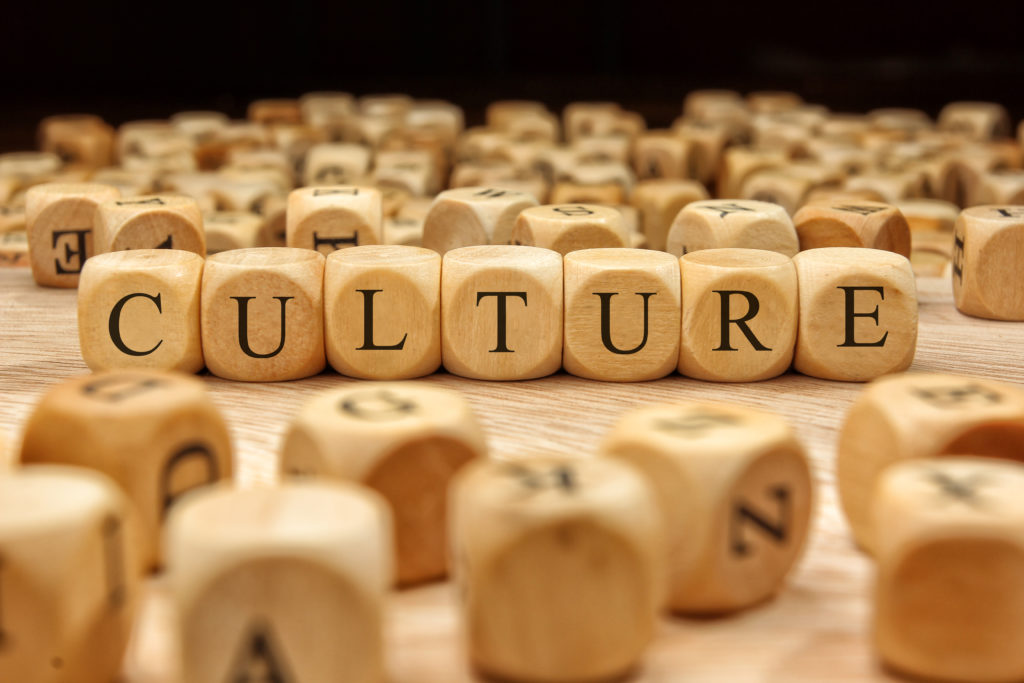Swahili Travel Destinations
Kenya The Masai Mara – Kenya During the dry season from July through October, the wildlife is abundant. You can see the annual migration of over a million wildebeest. You can see animals chasing their prey. This area is very native and not developed. Lamu – Kenya This is one of Kenya’s oldest towns having […]
Swahili Travel Destinations Read More »












